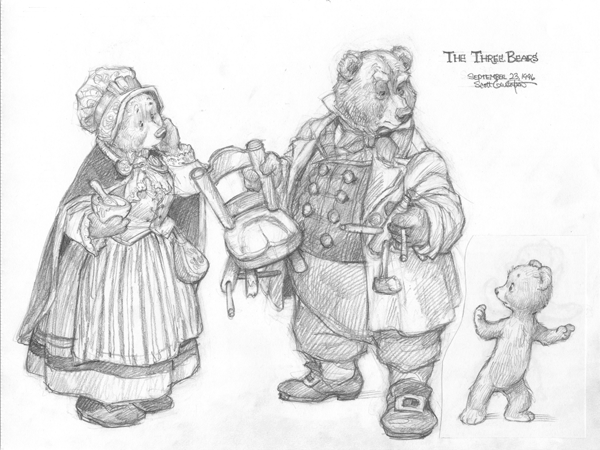Build it & they will come
Social Media, by David Hunt
Of course they will come. We’ve sweated blood, sweat & tears to establish our social media governance. We’ve aligned all our internal stakeholders, agreed our polices & opened the doors!! We’re big pharma & they’ll be delighted to talk to us!!
To launch a social campaign requires effort, ambition & conviction. Ironically, the internal campaign required to launch a social media initiative can consume the energy necessary to drive external engagement. In essence, the internal customers can take precedent over external. The product of this dilemma is often, “Where are the interactions? Where is the engagement? Where is the community?” It’s not enough to simply open your doors, you need to build an engaging presence.
Content is King, or so we are told. However, without context & relevance we are simply pushing messages via a new platform. We all see & publish countless updates that are neither liked, retweeted, repinned or shared. And they should, they’re good. However, they’re most likely not relevant to the viewer, or the viewer is not relevant to us. To overcome this, content strategy has to be more agile. It should respond to search & community trends and the evolving interests of peers – to be relevant we must be current. Beyond this, distribution should use expert community management & intuition vs. a pre-determined timeline – to be relevant timing is critical.
There are those in society who talk solely about themselves, their agenda, their opinions. They are typically tiresome & isolated, with a hint of arrogance & belief in their own self-importance. I have a community of family, friends & peers. I’m happy to respond, engage & participate in their stories – we have genuine, balanced relationships. Pharma HAS to work harder in being a member of the community. A social endeavour must have a framework to participate & build an engaging presence – to be interesting we must be interested.
Sadly not everyone likes me. Like everyone there are those whose company I enjoy, those I don’t. Online is no different. In pharma communications we need to work harder to find peers with whom we can form mutually beneficial relationships. With limited time & effort we could identify 100 new & valuable online acquaintances. We can see their bio, online footprint, sentiment & areas of interest. As we build our presence we can, we can build these relationships. Taking time to listen, engage & discuss – to deliver ROI we need to be social.





